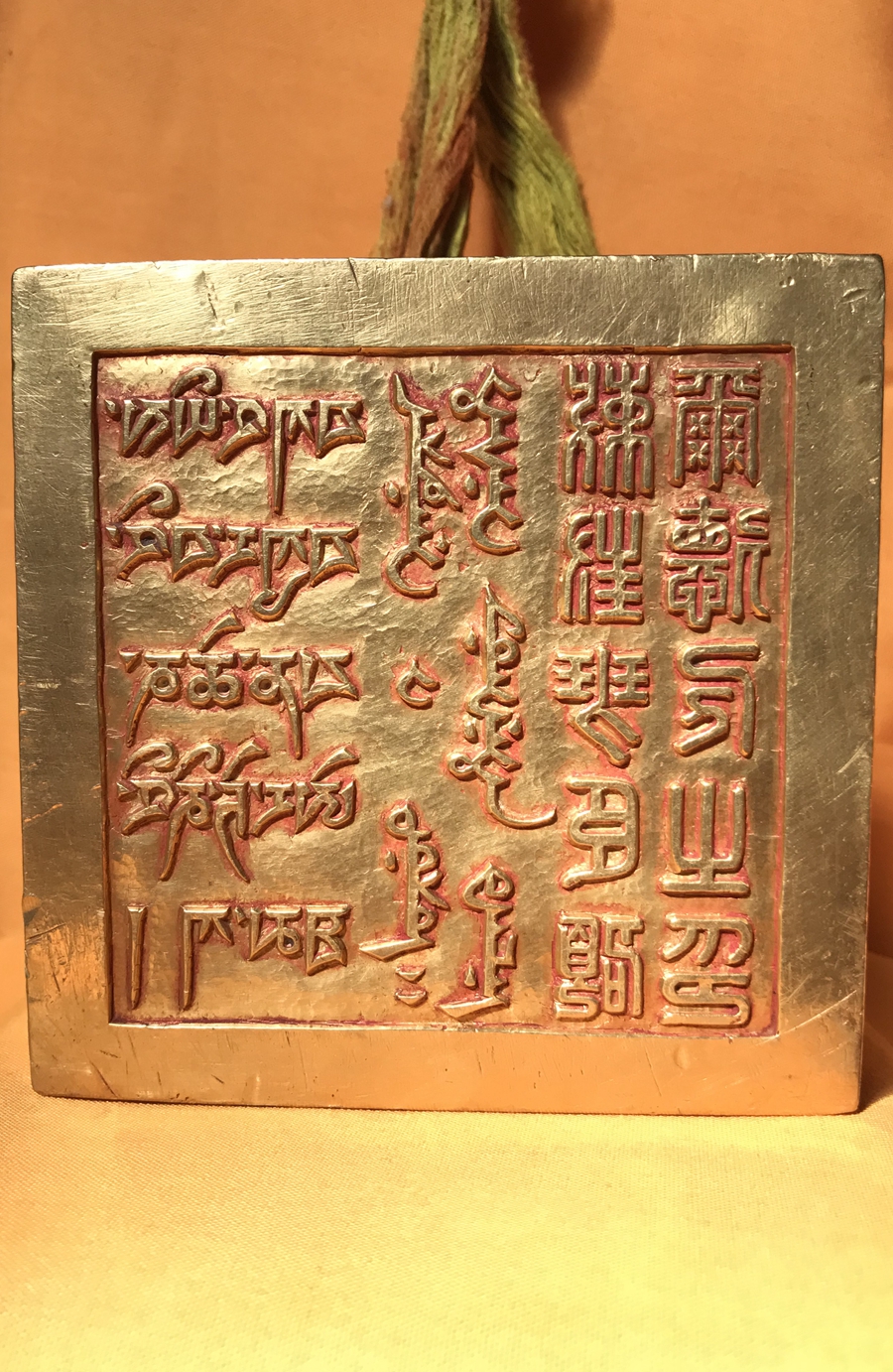 |
|
A seal bestowed on the 5th Panchen Lama by Emperor Kangxi in 1713.[Photo provided to China Daily] |
For example, a huge portrait of the then Panchen Lama, which was gifted to the Tashi Lhunpo Monastery at the time, has been worshipped there until its recent return to Beijing to be part of this temporary exhibition.
Exquisite Buddhist images and thangka-Tibetan Buddhist paintings on silk or woolen scarves-are also highlights for visitors looking to enjoy breathtaking artworks.
"The monastery is also an important locus for art and culture as its collection contains a great number of works of ancient art from across the Himalayas," Luo says.
He adds that a large number of bronze Buddha statues were produced in an affiliated workshop at the Tashi Lhunpo Monastery, many of which were influenced by Nepalese and ancient Indian styles. The monastery has also been a major hub for thangka painting since the 15th century.
"These exquisite pieces of craftsmanship once had significant influence on the creation of Buddhist imagery and statues produced by the imperial household's workshops during the Qianlong period," Luo says.